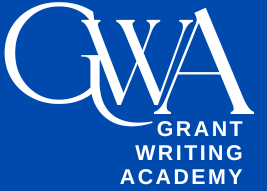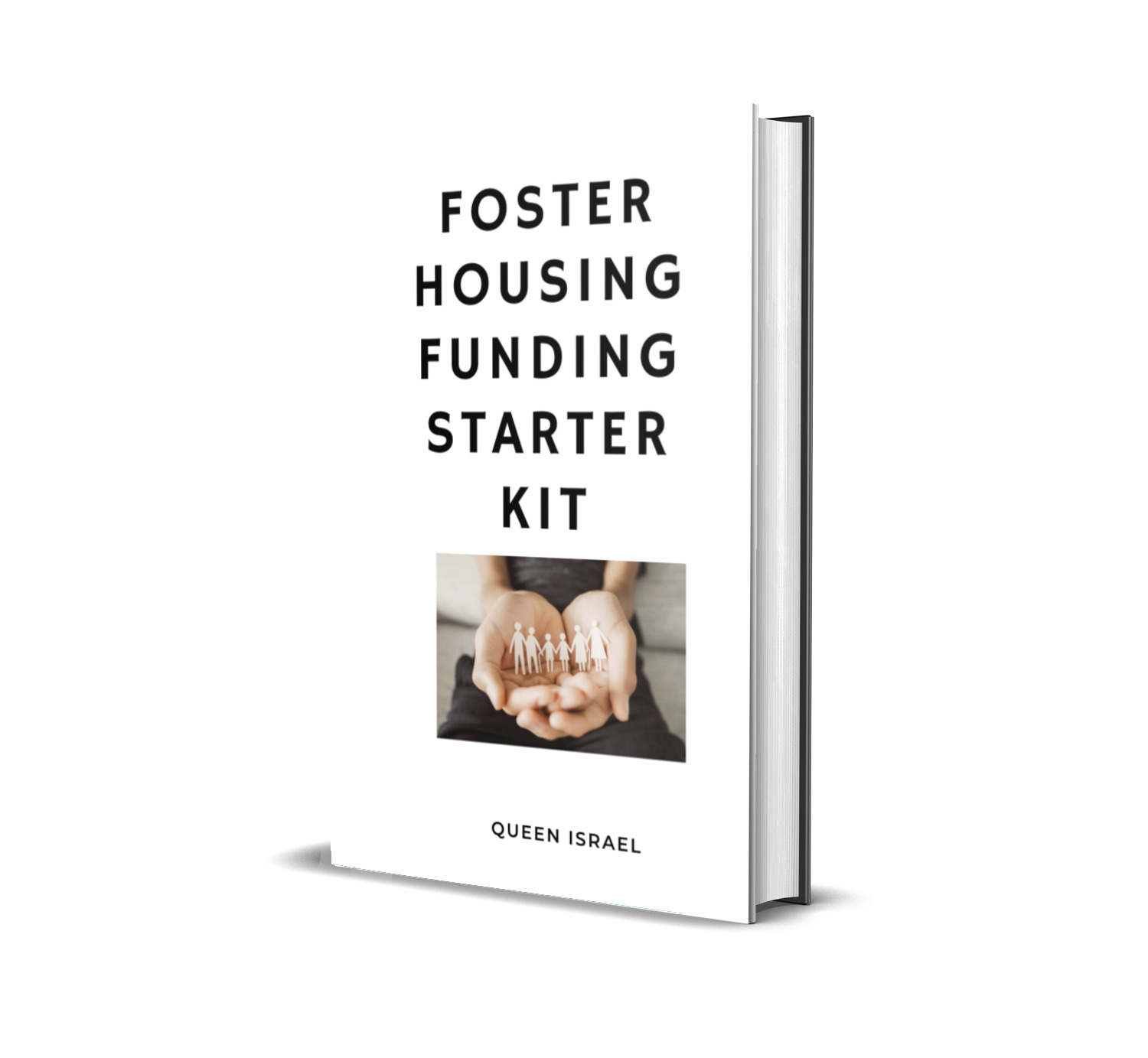In today’s competitive funding landscape, a clear, concise, and compelling sample letter of interest can set you apart from countless other applicants.
In this guide, we’ll break down every aspect of creating an effective letter of interest for a grant application.
We’ll cover the key components, share a step-by-step process, and offer tips and examples so that anyone—even if you’re new to nonprofit or grant writing—can master this essential skill.
Plus, if you’re hungry for more actionable insights, don’t miss the chance to subscribe to the Grant Writing Academy Newsletter for exclusive tips, strategies, templates, and tools to boost your success rates.
What Is a Letter of Interest?
A letter of interest (or LOI) is a preliminary communication with a potential funder that outlines your project and expresses your intent to apply for funding. Unlike a full grant proposal, an LOI is generally short—often one to two pages—and serves as an “elevator pitch” for your project.
According to GrantWatch, an LOI is a strategic tool that helps funders quickly screen proposals to decide which ones merit a full review.
Key purposes of an LOI include:
- Introducing your organization and establishing credibility.
- Summarizing the project’s objectives and its alignment with the funder’s mission.
- Outlining the funding request (including the amount and the period over which it is needed).
- Inviting the funder to request a full proposal if your project aligns with their priorities.
Why a Sample Letter of Interest Is Essential
Writing a sample letter of interest for a grant application is not just an academic exercise—it’s a vital part of your fundraising strategy. Consider these points:
- First Impressions Count: Funders receive hundreds of LOIs. A well-crafted, professional, yet conversational LOI can make all the difference.
- Efficiency: LOIs help both you and the funder save time. If your project isn’t a good fit, you learn that early in the process.
- Foundation Screening: Many foundations use LOIs to determine if they should invite you to submit a full grant proposal. In fact, studies have shown that over 80% of funders prefer to receive an LOI as an initial step.
- Cost-Effective: Crafting an LOI is less resource-intensive than preparing a full proposal, making it an ideal first step for nonprofits with limited resources.
-
Key Components of a Sample Letter of Interest
A winning letter of interest is structured and straightforward. Here are the critical sections you should include:
1. Opening Paragraph
Your opening paragraph is your hook. It should:
- State your intent: Clearly mention that you intend to apply for a specific grant application.
- Include key details: Name your organization, briefly describe your project, mention the amount requested, and note the timeline.
- Engage the reader: Use powerful, direct language that reflects your enthusiasm.
Example:
“At [Your Organization], we are excited to present our innovative project, [Project Name], which aims to [briefly state the project’s goal]. We are requesting $[Amount] over a [time period] period to empower [target population] through [key activity].”
2. Statement of Need
This section explains the problem your project addresses:
- Describe the issue: Use clear and concise language to define the problem.
- Support with data: Include statistics or facts that highlight the urgency of the need.
- Highlight beneficiary impact: Explain who will benefit and how.
Tip: Avoid jargon—keep it simple and compelling. For instance, “Nearly 40% of students in our community struggle with reading proficiency,” adds credibility and urgency.
3. Project Description/Activity
Detail what you plan to do:
- Outline your approach: Explain the key activities and strategies you’ll employ.
- Emphasize innovation: Highlight what makes your approach unique.
- Collaborations: Mention any partners or collaborators who will support your project.
4. Outcomes and Evaluation
Funders want to know that their investment will yield measurable results:
- Specific outcomes: State clear, measurable objectives (e.g., increasing reading levels by one grade).
- Evaluation methods: Briefly describe how you will assess progress and success.
5. Organizational Credentials
Build trust by showing why your organization is the right choice:
- Experience: Highlight your organization’s track record and successes.
- Expertise: Include relevant awards, certifications, or recognitions.
- Capacity: Demonstrate your ability to manage the project effectively.
6. Budget Summary
Offer a brief overview of your financial request:
- Total amount: Clearly state the funding needed.
- Usage: Summarize how the funds will be allocated (e.g., equipment, training, personnel).
7. Closing Paragraph
End with a call to action:
- Invitation: Invite the funder to contact you for further discussion.
- Gratitude: Thank the reader for their time and consideration.
- Contact Information: Provide your phone number and email.
Example:
“We welcome the opportunity to discuss this project further and can be reached at [Phone Number] or [Email]. Thank you for considering our request; we look forward to the possibility of partnering with you to create lasting change.”
Step-by-Step Guide to Crafting Your Letter
Let’s break down the process into manageable steps.
Step 1: Research Your Funder
Before writing, thoroughly review the funder’s website, mission, and previous grants. Tailor your language to reflect their priorities. Use keywords such as innovation, impact, community, and sustainability—words that frequently appear in high-ranking articles on grant applications.
-
Step 2: Draft a Compelling Opening
Begin with a strong statement that clearly identifies who you are, what you do, and what you’re asking for. For example, start with:
“At [Your Organization], we are passionate about creating opportunities for underrepresented communities through innovative educational programs.”
Step 3: Write a Clear Statement of Need
Articulate the problem succinctly. Back it up with data. For example:
“In our community, over 35% of students do not have access to digital learning tools, leading to significant educational disparities. Our project aims to bridge this gap by providing cutting-edge technology and expert training.”
Step 4: Describe Your Project in Detail
Explain your project’s goals, strategies, and activities. Use bullet points for clarity:
- Goal: Improve digital literacy among 200+ students.
- Activities: Implement computer labs, train teachers, and provide ongoing support.
- Innovation: Utilize proven methods combined with state-of-the-art technology.
Step 5: Outline Measurable Outcomes
Explain how you will measure success:
“We will conduct pre- and post-program assessments to measure improvements in digital literacy. Our goal is to achieve at least a 25% increase in proficiency scores.”
Step 6: Summarize Your Budget
Present a clear budget summary:
“We are requesting $50,000 to cover the costs of new equipment, teacher training, and program evaluation over one academic year.”
Step 7: Establish Your Organization’s Credibility
Share your successes and relevant experience:
“With over 10 years of experience in delivering community education programs and a proven track record of improving student outcomes, our organization is uniquely positioned to implement this project.”
Step 8: Conclude With a Call to Action
Invite further discussion and thank the funder:
“We are eager to further discuss how our project aligns with your funding priorities. Please feel free to contact me at [Phone] or [Email]. Thank you for considering our proposal.”
Tips for Writing a Powerful Letter of Interest
Here are some do’s and don’ts to keep in mind:
Do’s
- Be concise and clear: Avoid unnecessary jargon. Use simple language that anyone can understand.
- Personalize your letter: Address the funder by name and tailor your content to their mission.
- Highlight key words: Incorporate and bold common terms like innovation, impact, community, proposal, budget, and evaluation.
- Proofread: Ensure there are no spelling or grammar errors.
- Use data and statistics: Support your statements with credible data. For example, “According to recent research, programs similar to ours have increased student engagement by 30%.
-
Don’ts
- Don’t be vague: Clearly state your needs and objectives.
- Avoid overused jargon: While terms like synergy or paradigm shift might sound impressive, they can dilute your message if overused.
- Don’t include irrelevant details: Keep your letter focused solely on the project and funding request.
- Never exceed the page limit: Adhere to the funder’s guidelines meticulously.
Common Mistakes to Avoid
Even experienced grant writers can fall into traps. Here are some common pitfalls:
- Lack of customization: Sending a generic LOI that does not reflect the funder’s specific interests.
- Overcomplicating the language: Your LOI should be accessible to anyone, not just experts.
- Neglecting a call to action: Always end with clear next steps and your contact information.
- Ignoring formatting guidelines: Make sure your letter is professional and follows any specified requirements.
Sample Template for a Letter of Interest
Below is a simplified sample template. Feel free to adjust the sections to suit your needs.
[Your Organization’s Letterhead]
[Date]
[Contact Person]
[Title]
[Foundation Name]
[Address]
[City, State, Zip]Re: Letter of Interest for Grant Application – [Project Name]
Dear [Contact Person],
At [Your Organization], we are excited to present our innovative project, [Project Name], designed to [brief project purpose]. We are seeking $[Amount] over [Time Period] to [primary project goal]. Our project addresses the critical need for [briefly describe the problem], which currently affects [target population or community].
Statement of Need:
In our community, [include data/statistics here—for instance, “over 40% of families lack access to affordable educational resources”]. This project is crucial because [explain impact and why it matters]. By implementing [brief project description], we will create measurable improvements in [area of impact].Project Description:
Our approach includes:- Activity 1: [Description of activity, e.g., “Launching a digital literacy program”].
- Activity 2: [Another key activity, e.g., “Providing training for local educators”].
- Activity 3: [Additional detail, e.g., “Establishing community partnerships”].
These activities will lead to outcomes such as [specific outcomes], which we plan to evaluate using [briefly describe evaluation method].
Budget Summary:
We request $[Amount] to cover [brief breakdown: e.g., “equipment, training, and evaluation costs”]. A detailed budget is available upon request.Organizational Credentials:
With over [Number] years of experience in [your field or mission area] and a proven track record of successful projects, our organization is well-equipped to execute this initiative. Our previous program, [Name of a successful project], resulted in [quantifiable outcome], demonstrating our commitment and capability.We welcome the opportunity to discuss our proposal further. Please feel free to contact me directly at [Phone Number] or [Email Address]. Thank you for your time and consideration; we look forward to the possibility of partnering with [Foundation Name] to create lasting change.
Sincerely,
[Your Name]
[Your Title]
[Your Organization]
[Contact Information]
How to Customize Your Letter for Different Funders
No two funders are exactly alike, so here are some strategies to tailor your LOI:
- Research the Funder: Understand their mission, values, and past projects. Use language that resonates with their priorities.
- Highlight Alignment: Clearly connect your project objectives to the funder’s goals. If a foundation focuses on community empowerment or innovative education, mention these terms explicitly.
- Adjust the Data: Use local or recent statistics that are relevant to the funder’s geographic or thematic focus.
- Modify the Tone: Some funders prefer a formal tone, while others may respond better to a friendly, conversational style. Adjust accordingly without sacrificing professionalism.
The Role of the LOI in the Grant Process
The letter of interest is more than just an introduction—it’s a strategic filter. Many foundations use LOIs to manage the volume of proposals they receive. Here’s why your LOI is so important:
- Screening Tool: Funders use LOIs to quickly decide if a full proposal is warranted. A clear, well-organized LOI can significantly improve your chances of advancing to the next stage.
- Resource Efficiency: For both you and the funder, an LOI minimizes time spent on projects that aren’t a good fit.
- Signal of Professionalism: A polished LOI demonstrates your organizational capacity and commitment to excellence, increasing funders’ confidence in your project.
According to data from various sources, organizations that submit well-crafted LOIs are 30% more likely to be invited to submit full proposals.
Frequently Asked Questions
Q: How long should my LOI be?
A: Most funders prefer a concise LOI, typically one to two pages. Always check the funder’s guidelines for any specific length requirements.Q: Should I attach additional documents with my LOI?
A: Generally, an LOI should stand alone. However, if the funder’s guidelines allow or require attachments (like organizational charts or brief budgets), include only what is necessary.Q: What tone should I use?
A: Aim for a conversational yet professional tone. Be friendly, clear, and direct, avoiding overly technical language that might alienate non-specialist reviewers.
Call to Action: Subscribe to Grant Writing Academy Newsletter
If you found this guide helpful and want even more expert advice, tips, and templates to perfect your grant application and letter of interest, subscribe to the Grant Writing Academy Newsletter. Our newsletter is packed with exclusive content, including:
- Insider strategies for effective grant writing
- Step-by-step templates for LOIs and full proposals
- Tools to help you measure your project’s impact and sustainability
- Real-life success stories and data-backed insights
Join thousands of nonprofit leaders and grant professionals who are enhancing their funding success every day.
Subscribe now to receive our free newsletter and take your grant writing skills to the next level!
Conclusion
Crafting a compelling sample letter of interest for grant application is an art—and a science. By understanding the key components, following a clear step-by-step process, and customizing your message to resonate with your funder’s priorities, you can significantly improve your chances of advancing to the full proposal stage.
Remember:
- Keep your language simple and engaging.
- Highlight critical terms such as LOI, grant application, budget, evaluation, and impact.
- Back up your statements with data and clear outcomes.
- Always end with a call to action, inviting further dialogue and expressing gratitude.
With these insights and our sample template as a guide, you’re well on your way to creating an LOI that not only communicates your project’s value, but also inspires funders to invest in your vision.
And don’t forget—the first step towards funding success begins with a strong, well-crafted letter of interest.







My partner and I stumbled over here coming from a different page and thought I might check things out. I like what I see so i am just following you. Look forward to finding out about your web page yet again. http://www.hairstylesvip.com